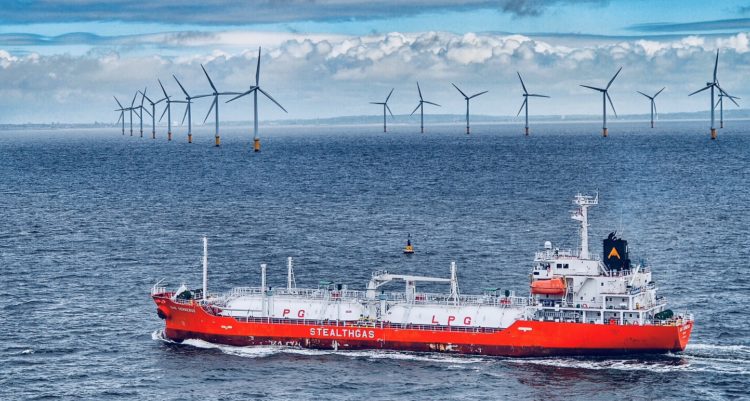Everything you need to know about Liverpool’s Bay’s wind farms
Ørsted, operator of Liverpool Bay’s wind farm, explains everything you need to know about wind power (and were afraid to ask)

Ever looked out past the Mersey and wondered how an offshore wind farm works? Well wonder no longer. Ørsted, operator of Liverpool Bay’s wind farm, explains everything you need to know about wind power (and were afraid to ask).
The UK is the global leader in offshore wind, with more capacity installed than any other country. Liverpool’s story in helping the UK achieve this is one of great ingenuity and innovation.
Liverpool is often the home of new wind industry standards. The area’s two offshore wind farms – Burbo Bank and Burbo Bank Extension – were technological firsts, showcasing the then world’s largest turbines.
In the 10 years between these projects, turbines more than doubled in power, from 3.6 megawatts (MW) to 8MW. A single rotation of an 8MW turbine rotor, taking only six seconds, can power a home for a whole day.
Blustery winds
But how do wind farms convert the blustery winds at sea into electricity, powering millions of homes across the country?
Ideal wind farm sites require a shallow sea bed with the strong and consistent wind conditions that will turn turbine blades. Below the waves, a foundation supports the turbine’s structure. Instead of the concrete foundations of the past, big steel tubes (or ‘monopiles’) are now commonly used.
Alternative foundation types include suction buckets or jackets. More recently, technological innovation has made it possible to develop foundation-free floating offshore wind turbines for deeper waters.
Above the foundations, bright yellow components called transition pieces, link the foundations to the turbine towers. These mighty structures incorporate the facilities that allows us to access and maintain the turbines. Each transition piece weighs 400 tons – roughly the same weight as a fully laden jumbo jet.
The visible parts of the turbine are the tower, three blades, hub and the nacelle which houses the mechanism that generates the power. The tower of an 8MW turbine measures 90m. Once the blades are attached, that’s the size of the Royal Liver Building.
Bigger blades
The Burbo Extension turbines have 80m blades, that’s the length of nine buses placed back to back, and newer turbine blades continue to get longer. Bigger turbine blades capture more power, making the industry significantly more cost-effective. The cost of offshore wind has tumbled in recent years making it now one of the cheapest forms of electricity generation.

When the wind blows, the blades spin, turning shafts inside the nacelle. These shafts connect to the gearbox, increasing the speed of the shaft that drives the generator. The generator uses the rotation of the shaft and the principle of electromagnetism to generate electricity.
Here’s an “electrifying” coincidence: world-leading offshore wind developer Ørsted is named after HC Ørsted, the Danish scientist who in 1820 helped discover electromagnetism.
The electricity produced by the turbines is transmitted by cables buried in the seabed. Power is carried along these cables to an offshore substation. At the substation, the electricity is transformed to a higher voltage before being transmitted onshore via high voltage cables.
Once it reaches landfall, the electricity travels via underground cables to an onshore substation where it is again transformed so it can enter the National Grid’s electricity system, providing millions of homes with clean electricity.
To retain its crown as the world’s leader in offshore wind, the UK has set ambitious targets that by 2030 at least a third of the UK’s electricity, or 30GW+ generating capacity, will be provided by offshore wind.
The importance of the offshore wind industry – both as a source of clean renewable energy and a vital part of the economy – continues to gather momentum, driven by rapid developments in technology.

